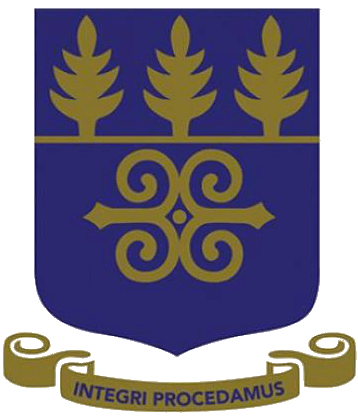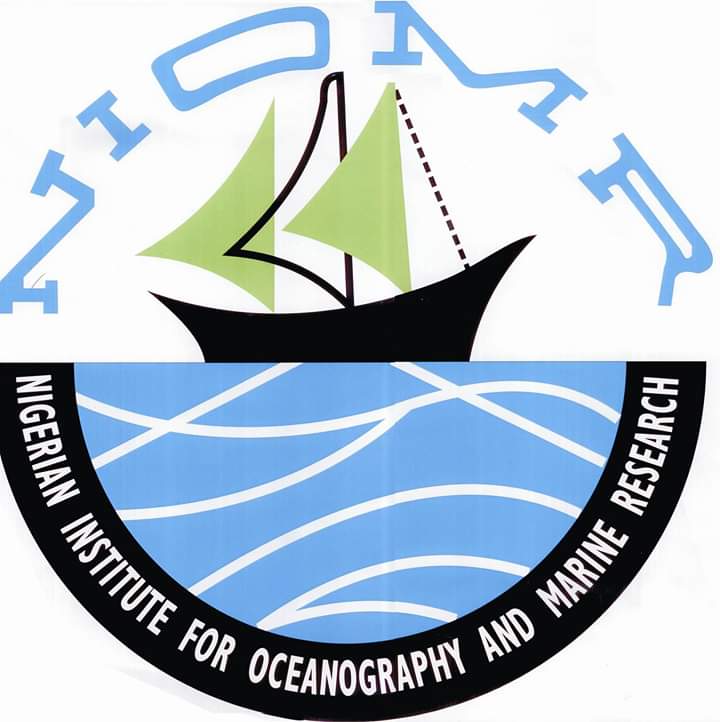BEACON – Capacity building for Biochemical obsErvation of AnthropogeniC pollutiOn, tropical traNsitional waters
Background & Rationale
There is a need to build capacity to monitor human activities (e.g., pollution) on benthic communities and chemical tracers within the biota and sediment in the coastal waters of the Gulf of Guinea. The capacity building will increase access to state-of-the-art sampling methodologies, laboratory processes, and instrumentations useful for expanding the knowledge of Benthic Biodiversity and Chemical tracers in biota coupled with the sediment in West Africa, a field poorly documented. Coastal ecosystems, such as lagoons and estuaries, serve as economic, social, and educational resources. As the aquatic environment is a source of food, its pollution is a global health concern. Mercury is a toxic element occurring in low concentrations, but its by-product, methylmercury, is highly toxic, and can accumulate in the sediment and biota (e.g., bivalves and fish). This can lead to human health concerns, such as increased risk of circulatory system disorders and cancers, through consumption of contaminated food.
Benthic organisms (e.g., Polychaeta) are good bioindicators for investigating anthropogenic environmental disturbances such as pollution, as species composition can reflect the ecological conditions of an aquatic environment. Sedentary animals and their fossil remains (e.g., Ostracoda, microscopic crustaceans) are useful indicators for understanding pollution dynamics.
Transitional waters (e.g., estuaries) are complex systems that are regional in scale. There is limited information on transitional tropical waters and their biota in the particular spatial regional inventory of benthic fauna from West Africa. Increasing human population coupled with growing demand for a resource and generation of wastes put coastal lagoons and estuaries at risk of collapse. Continuous monitoring of these systems is necessary for understanding changes in their ecosystem structure and functioning. Yet, there is inadequate information on well-documented biological data and biota as chemical tracers of contaminants from the tropical West Africa coast. Information on species occurrence, habitat, and spatial-temporal distribution will allow local and regional distribution of indicator species to understand pollution and environmental change.
It is important to build the capacity of enthusiastic interdisciplinary scientists to help monitor and measure human impacts on transitional and coastal waters. The BEACON working group will organise a workshop for interdisciplinary scientists on benthos sampling with bottom grab (e.g., Eckman grab), Multi-Parameter Probe (e.g., Horiba 50 U Model) to observe the conditions of the coastal waters and use of a Direct Mercury Analyzer (Barst et al., 2013) to measure chemical tracers such as analysis of total Hg in sediment and biota.
The BEACON working group will contribute spatial knowledge on benthos and contaminant of Hg in biota and sediment from coastal waters in the Gulf of Guinea. The preliminary findings can support decision-making, policy development for biodiversity conservation, future coastal benthic research, and understanding of pollution in tropical transitional coastal waters.
Relevance to POGO’s Strategy
The BEACON working group’s major focus is to build a capacity of interdisciplinary scientists for biochemical pollution monitoring in West Africa. The idea is to establish a network within POGO member and non-member institutions to share and adopt the best protocols for sampling, laboratory processing and analysis of biochemical data in Sub-Sahara Africa. This region remains to be studied despite its numerous fresh and marine waters, increasing in deteriorating state due to increased human impacts (e.g., pollution) and other climate change and ocean acidification factors.
The BEACON working group aims are to (i) build a capacity of interdisciplinary scientists via the first hybrid workshop, (ii) to adopt standard methods for benthos and chemical tracers such as Hg in benthos and sediment via a Direct Mercury Analyzer for the region, (iii) carry out a preliminary check on benthos and chemical tracer in the sediment brought by participants coupled with practical hands-on experiences in the field and laboratory demonstration in Ghana (iv) develop policy brief on major findings to communicate research results for policy to protect transitional tropical coastal waters and to promote their sustainable usage and management.
These aims will contribute to POGO’s strategic scientific mission, such as (i) Capacity development and (ii) Innovation in Observation (iii) and Science Advocacy, for expanding biochemical observation of ocean-connected waters in the Gulf of Guinea.
The BEACON working group seeks to contribute to the capacity building of interdisciplinary scientists who will employ biochemical tracers to understand pollution in coastal waters in the Western Atlantic Ocean, useful information for modelling changes in the Global Ocean Observing System via knowledge of coastal marine ecosystems in the tropics.
Expected Products and Outcomes
Specific outputs of the project include:
- Creation of Biochemical Observation Network (BON) in West Africa
- Capacity building preparation workshop
- Harmonisation of methods and capacity building workshop for the adoption of benthos sampling and Hg analysis in biota and sediment)
- Online seminar for sharing of results and local species distribution maps for creation of an overall regional map for key pollutant indicator species
- Creation of a Regional Biochemical Data Unit
- Online seminar data generated from the workshop and preparation of concluding report
Status: Active Working group
Year: 2021 - 2023
Working group Participants
Leader
- Dr. Lailah Gifty Akita, Department of Marine and Fisheries Sciences, University of Ghana. Country: Ghana.
Participants
- Dr Andrews Agyekumhene, University of Ghana, Ghana
- Dr Juergen Laudien, Alfred Wegner Institute of Polar and Marine Research, Germany
- Prof. Emeritus John Farrington, Woods Hole Oceanographic Institution (WHOI), USA
- Prof. Gabriel Hoinsoude Segniagbeto, University of Lome, Togo
- Prof. Edmond Sossoukpe, The University of Abomey-Calavi, Benin
- Dr Dirisu Abdul-Rahman, University of Benin City, Nigeria
- Dr Nubi Olubunmi Ayoola, Nigerian Institute of Oceanography and Marine Research (NIOMR), Nigeria
- Dr Muyideen O. Lawal, University of Lagos, Nigeria
- Dr Lazare Kouame Akpetou, Université Jean Lorougnon Guédé, Côte d’Ivoire
- Dr Akinnigbagbe Akintoye, Nigerian Institute of Oceanography and Marine Research (NIOMR), Nigeria
- Mr William Akani Bamikole, Nigerian Institute of Oceanography and Marine Research (NIOMR), Nigeria




